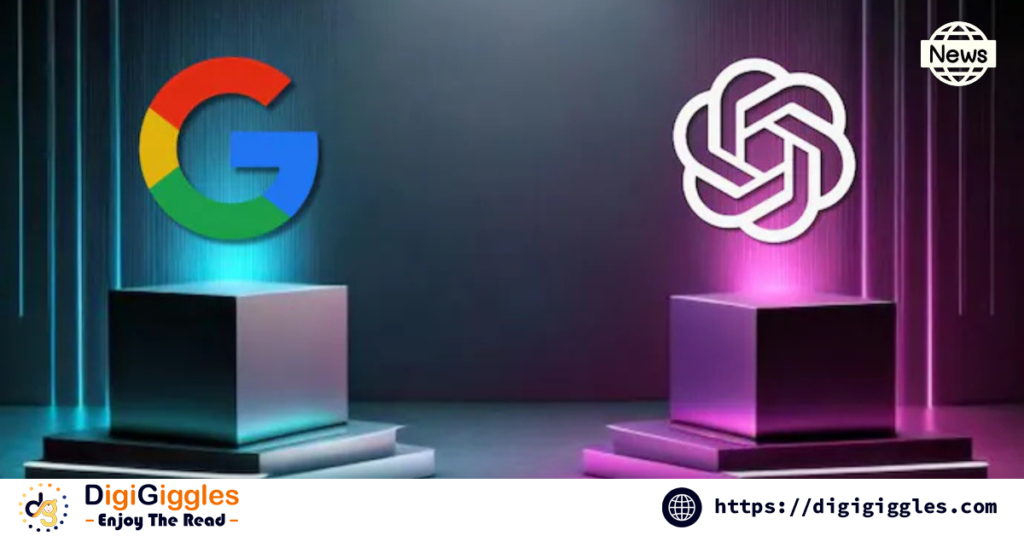
The field of artificial intelligence (AI) is witnessing groundbreaking advancements, with Google Veo2 and OpenAI Sora emerging as frontrunners in the burgeoning domain of text-to-video content creation. These sophisticated AI models promise to redefine how video content is produced, setting the stage for a future where crafting professional-grade video clips is no longer confined to skilled videographers or hefty budgets.
The Game-Changers: Google Veo2 and OpenAI Sora
Google Veo2, an evolved version of its predecessor, boasts advanced natural language processing (NLP) capabilities integrated with cutting-edge video generation technology. Designed to convert simple text prompts into visually engaging videos, Veo2 prioritizes user accessibility and customization. Users can now create videos that align with specific brand guidelines, themes, and styles, enhancing their appeal for digital marketers, educators, and content creators alike.
On the other hand, OpenAI Sora represents OpenAI’s latest leap into multimodal AI systems. Sora offers users a versatile platform that translates textual narratives into vivid video outputs, enriched with high-quality animations, dynamic transitions, and realistic soundscapes. Sora’s adaptability makes it a preferred choice for filmmakers, social media influencers, and businesses aiming to produce impactful videos swiftly and efficiently.
Unveiling the Features
Both Veo2 and Sora come equipped with features designed to cater to a diverse audience. Veo2’s strength lies in its intuitive interface, enabling even novices to create professional videos with ease. The AI provides multiple templates, allowing users to add custom visuals, animations, and audio to suit their requirements. Google’s emphasis on collaboration ensures seamless integration with its ecosystem, making it a boon for teams working on shared projects.
Sora, meanwhile, leverages OpenAI’s expertise in generative AI to deliver high-definition video quality with intricate details. From generating realistic character movements to simulating complex environments, Sora’s outputs are almost cinematic in nature. The model also supports multilingual prompts, offering accessibility to global users.
A New Era for Content Creation
The implications of these innovations extend beyond convenience. Imagine a small business creating compelling advertisements without hiring professional agencies or a teacher designing educational videos to engage students better—all with just a few text inputs. “This technology bridges the gap between creativity and accessibility,” remarked a leading AI researcher during a recent conference.
However, experts also urge caution. While the possibilities are exciting, questions about ethical use, copyright implications, and data privacy loom large. Addressing these concerns will be critical to ensuring these technologies are harnessed responsibly.
What Lies Ahead?
As Google Veo2 and OpenAI Sora continue to evolve, the competition in the text-to-video space is expected to intensify. Future iterations may include deeper customization, real-time collaboration, and more advanced storytelling capabilities. With these innovations, the line between human creativity and machine assistance will blur further, potentially transforming the content creation landscape as we know it.
For now, the spotlight remains on Veo2 and Sora, as they lead the charge in reshaping how we think about and create video content. Whether for entertainment, education, or marketing, the potential of these AI models is undeniable, promising a future where creativity knows no bounds.